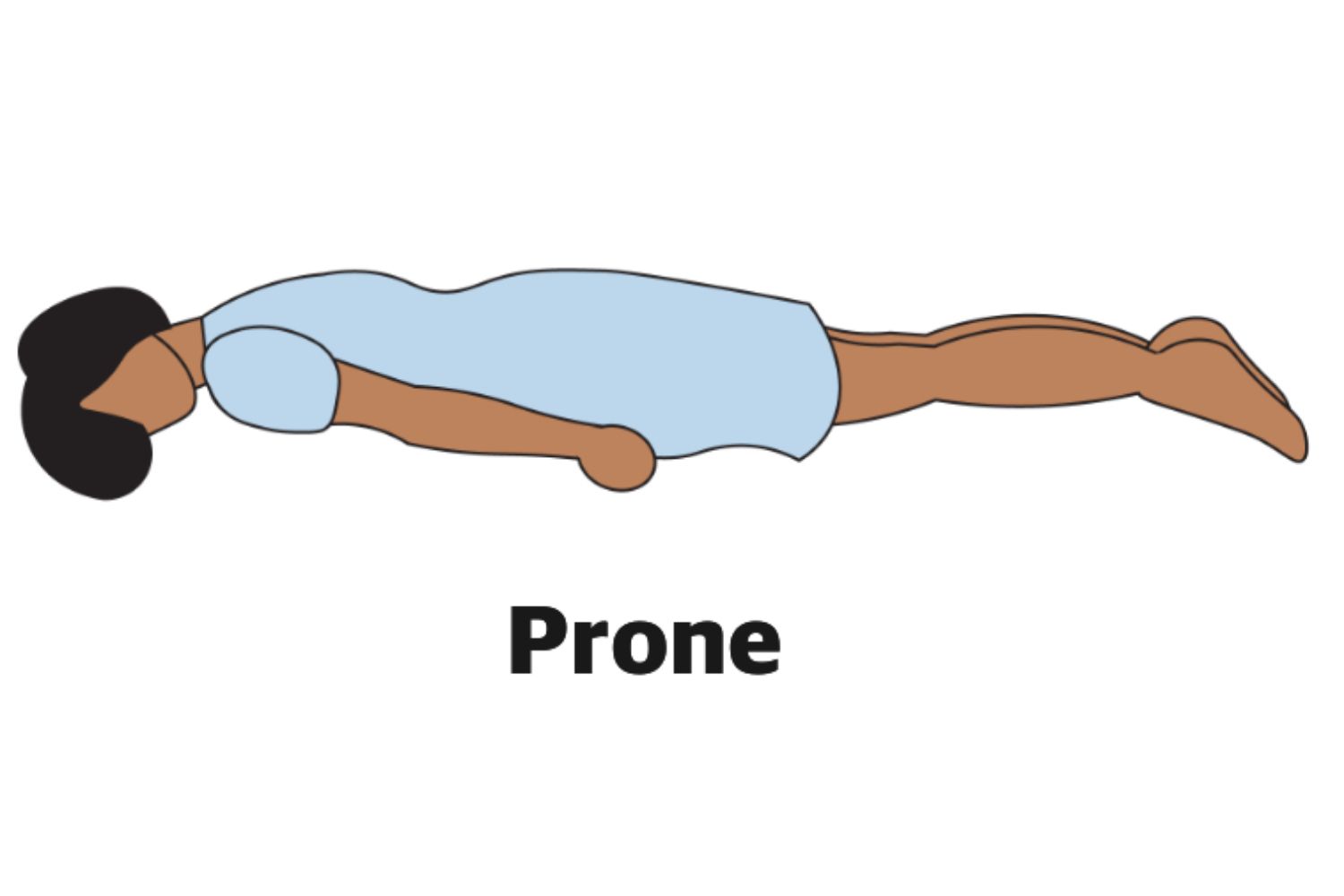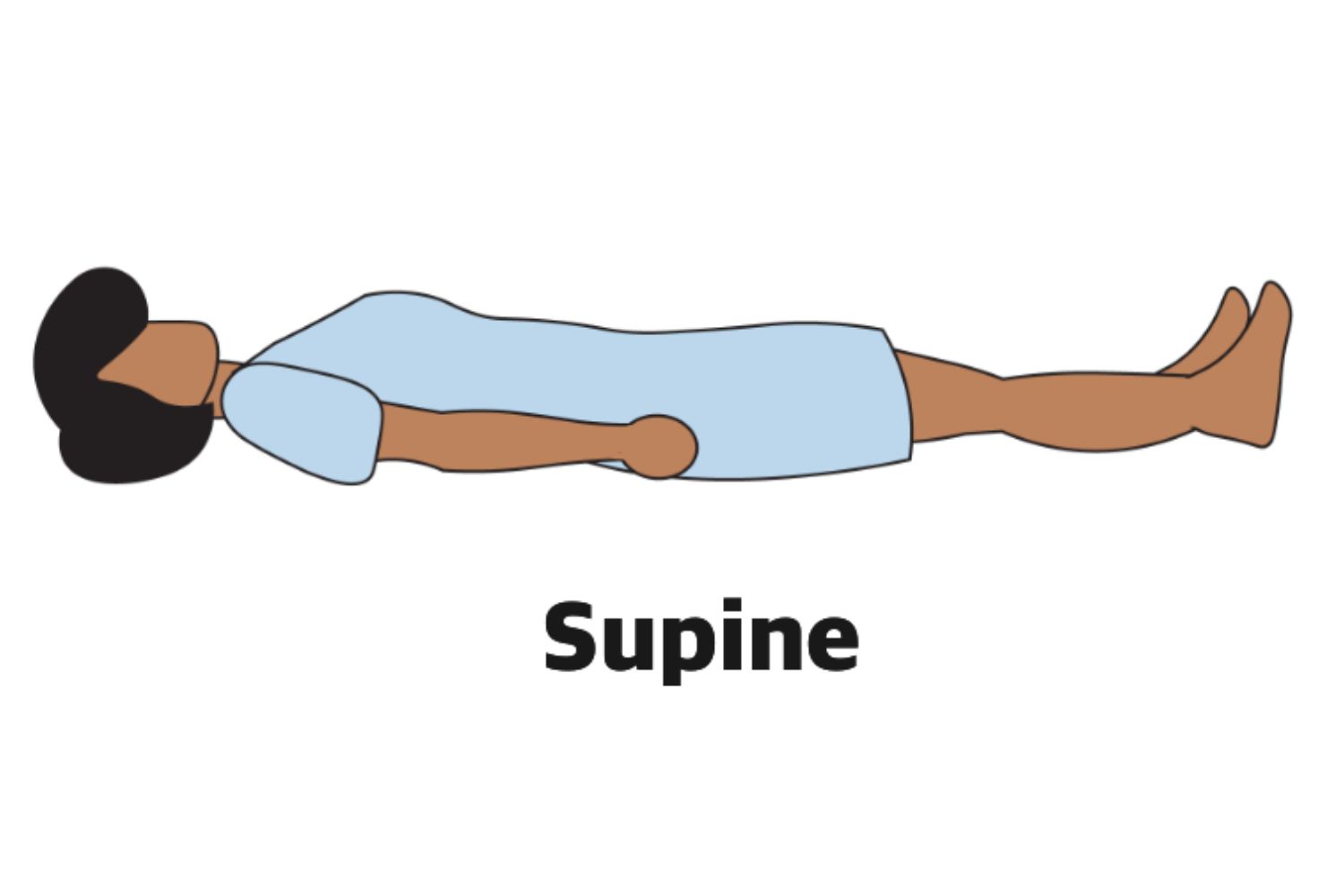Prone vs Supine: Understanding the Differences and Benefits

When it comes to body positioning during various activities, such as sleeping, exercising, or receiving medical treatment, two terms often come up: prone and supine. While these terms may sound similar, they refer to completely opposite positions. In this article, we will explore the differences between prone and supine positions and highlight their respective benefits in different contexts.
What is a Prone Position?

The prone position refers to lying face down, with the chest and abdomen facing the surface. It is a commonly adopted position in medical settings for various treatments and procedures. When in the prone position, the body’s weight is distributed across the chest, pelvis, and knees, with the head turned to one side.
Prone Position in Medical Settings
In medical settings, the prone position is often utilized for surgeries, such as spinal procedures or prone breast biopsy. It allows surgeons better access to the targeted area while minimizing the risk of complications. Prone positioning can also aid in optimizing ventilation and oxygenation in patients with acute respiratory distress syndrome (ARDS) or acute lung injury.
Benefits of Prone Position
The prone position offers several benefits in specific medical contexts. It can enhance oxygenation and ventilation by improving the distribution of air in the lungs. Additionally, for patients undergoing certain surgeries or treatments, the prone position may provide better surgical access, enabling healthcare professionals to perform procedures more efficiently.
What is Supine Position?

Contrary to the prone position, the supine position involves lying face up on a flat surface, with the back resting against it. In this position, the body’s weight is evenly distributed along the posterior surface, including the back, buttocks, and heels.
Supine Position in Medical Settings
The supine position is commonly used in various medical procedures, including surgeries, physical examinations, and imaging tests. It allows healthcare providers to have direct access to the front of the body and facilitates monitoring vital signs and performing interventions.
Benefits of Supine Position
The supine position offers advantages in medical settings as well. It provides stability and support to the patient during procedures and examinations. Moreover, the supine position is considered ideal for cardiopulmonary resuscitation (CPR) due to its facilitation of proper chest compressions.
Prone vs. Supine: A Comparison
Sleeping Position
In terms of sleep, both prone and supine positions have their pros and cons. The prone position may help alleviate snoring and sleep apnea by keeping the airways more open. However, it can be less comfortable for individuals with back or neck pain. On the other hand, the supine position is generally more comfortable for most people but may exacerbate snoring and sleep apnea symptoms.
Exercise and Rehabilitation
During exercise and rehabilitation routines, the prone and supine positions offer different benefits. The prone position can engage various muscles in the back, shoulders, and hips, promoting core strength and stability. Conversely, the supine position is often used for exercises that target the abdominal muscles, such as sit-ups or leg raises.
Medical Procedures
In medical procedures, the choice between the prone and supine positions depends on the specific treatment or surgery. As mentioned earlier, the prone position is advantageous for surgeries involving the back or lungs, while the supine position is preferred for interventions that require access to the front of the body.
Conclusion
Understanding the differences between the prone and supine positions is crucial when considering their benefits in different contexts. The prone position offers advantages in certain medical procedures and can optimize ventilation and oxygenation. On the other hand, the supine position is widely used for examinations, imaging tests, and CPR. When it comes to sleep and exercise, individual preferences and specific health conditions should be taken into account.
FAQs
-
What is the best sleeping position for back pain?
- The best sleeping position for back pain varies from person to person. However, many individuals find relief by sleeping on their side with a pillow between their knees.
-
Can the prone position improve breathing?
- Yes, the prone position can improve breathing in certain medical conditions, such as acute respiratory distress syndrome (ARDS), by enhancing oxygenation and ventilation.
-
Is the supine position recommended during pregnancy?
- Yes, the supine position is generally safe during pregnancy. However, lying on the left side is often recommended to improve blood flow to the heart and the baby.
-
Can the prone position help with digestion?
- While the prone position does not directly impact digestion, lying down after meals, regardless of the position, can aid in digestion by allowing gravity to assist food movement.
-
What is the supine position used for in surgery?
- The supine position is commonly used in surgeries that require access to the front of the body, such as abdominal surgeries or procedures involving the chest.








